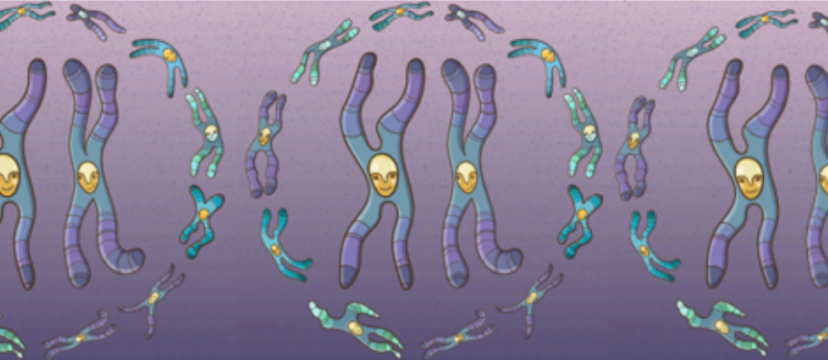It all began when the data of one distant cousin messed everything up by not fitting into the visual phasing picture I’ve previously created for my father and his siblings. It ended with a discovery of a so-called hidden recombination (more than one actually!), a situation when your visual phasing results turn out to be entirely different from what they initially seemed due to very close crossover positions of two or more siblings.
I’ve read about hidden recombinations in the Visual phasing working group on Facebook before, but I’ve never come across one myself until recently, and I would like to share that discovery with you. But first, let me give you some background information about my paternal side of the family for the full picture.
My father’s family is of Russian ancestry including Native Siberian admixture, which is typical for long-established residents of Siberia, who settled there in the late 16th century, and occasionally intermarried with local populations. Despite having a large number of Russian and Finnish matches, all of my father’s genetic cousins are really distant, and neither their family trees nor mine go back far enough to find a MRCA.

